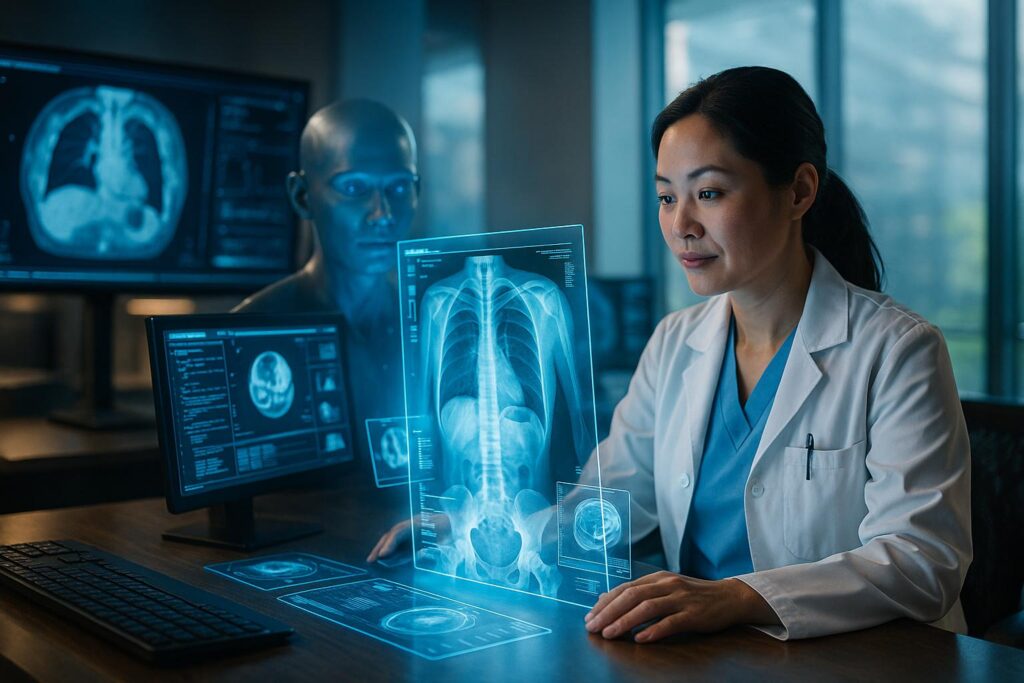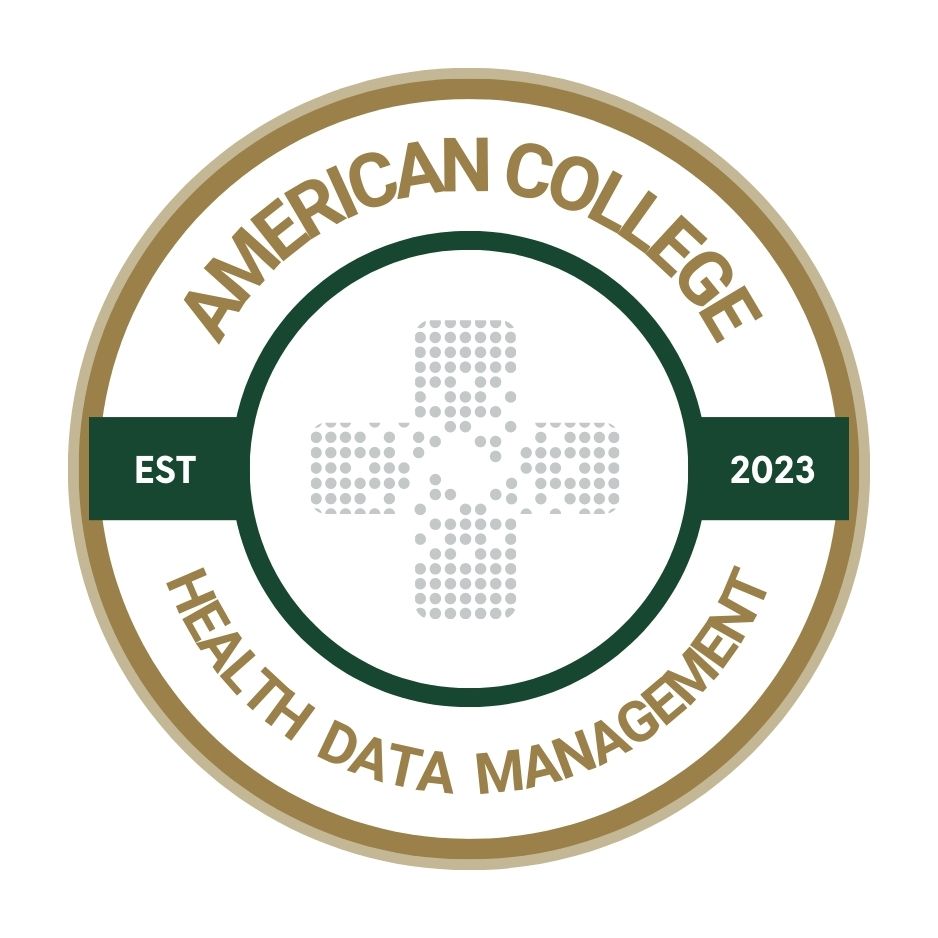Scoping out AI’s next act in radiology and communication
From holographic reading rooms to grammar-perfect essays, generative AI is reshaping expertise, but ‘perfect’ isn’t the finish line.

In Dr. Dinesh Baviskar’s speculative “day in the life” essay, radiologist Sarah Chen steps into a 2034 imaging suite where natural light, gesture, controlled holograms and an augmented radiology intelligence assistant (ARIA) have displaced the dim caverns of yesterday’s reading rooms. Overnight, ARIA has pre-screened 147 scans, color-coding them by urgency. Dr. Chen’s work no longer begins with a blank slate; it starts two chess moves ahead.
But the most striking moment isn’t the technology. It’s the dialogue: ARIA flags a potential lung cancer, then defers to Dr. Chen’s expertise in occupational disease. Her insight corrects the machine, the machine logs the lesson, and patient care improves for every future construction worker who inhales silica dust.
Perfection here is fluid. ARIA’s 98 percent confidence invites human scrutiny, not surrender. The radiologist, amplified by AI, becomes what Baviskar calls a diagnostic orchestrator – part scientist, part ethicist, part empath.
A classroom in Abu Dhabi and the AI paradox
Dr. Ramy Azzam comes at perfection from another angle. He remembers teachers in multicultural Abu Dhabi insisting on “Queen’s English” essays – flawless syntax, spotless formatting, even an Arabic eloquence that he labels “the language of ض." Imperfection meant lost marks.
Fast, forward to 2025, and Azzam’s LinkedIn feed brims with complaints that AI-assisted prose sounds too polished. “We once aimed for perfection,” he writes. “Now, we punish things that feel ‘too perfect.’ ”
The paradox isn’t academic nitpicking; it’s a live tension inside every generative, AI pilot – should a model sand away the rough edges of individual voice or surface it? Can clarity coexist with authenticity? For Azzam, large language models are “the most useful tools I’ve ever used,” but they remain tools that are means, not ends. If AI can debug code or refine grammar in seconds, humans can spend those seconds on insight, empathy and invention.
Bridging the two perfections
On the surface, Baviskar’s holographic radiology bay and Azzam’s schoolhouse memories occupy different worlds. But a shared thread runs through both stories.
Democratized expertise. ARIA lets a rural radiologist consult a global tumor board in real time. Azzam’s language models let non-native speakers publish ideas once trapped behind grammar barriers.
Human-AI choreography. In each case, the machine handles pattern recognition; the human provides context, judgment and care.
The moving target of “perfect.” Whether it’s a 94 percent probability of a lung lesion or a spotless essay, AI pushes the ceiling higher. The real gain is not the last six percentage points needed to reach 100 perfection; it’s the freed-up cognitive bandwidth for humans to tackle uncertainty, ethics and connection.
Risks we can’t automate away
However, both of these visions acknowledge friction.
Trust and liability. When ARIA and Dr. Chen disagree, whose name is on the pathology report? Likewise, if a large-language model (LLM) drafts a clinical policy that later proves harmful, who owns the error?
Equity vs. divide. ARIA promises global access to elite analytics, but it could also deepen gaps where broadband is scarce. AI-powered writing can elevate under-represented voices, but it also bears the risk of flooding feeds with polished spam.
Skill erosion. Azzam wonders whether reliance on LLMs will dull critical thinking, just as Baviskar questions whether constant AI triage might lessen the skills of junior radiologists.
The answer is not to pull the plug but to hardwire human checkpoints. These will include transparent audit trails, continuous education and governance policies that make algorithmic output explainable and contestable.
Toward an authentically augmented future
What might an authentically augmented health data ecosystem look like?
Reflective design. Build interfaces that surface why the algorithm chose a path, not just what it chose.
Cross-domain literacy. Teach clinicians basic prompt engineering and policymakers the limits of computer vision. Conversely, teach AI engineers the messy realities of clinical workflow.
Perfection as process. Reframe 100 percent accuracy as a horizon, not a deliverable. Each near-miss or style critique becomes training data for the next iteration, human and machine alike.
Health-data leaders should realize that our mandate is no longer to choose between clinical brilliance or technological polish. It is to fuse them, protecting voice, agency and equity while letting generative AI shoulder the drudgery of pattern matching and copy-editing. The prize is not spotless prose or flawless scans; it is the time and trust reclaimed for bolder questions, deeper empathy and faster innovation.
Dr. Dinesh Baviskar and Dr. Ramy Azzam are Fellows of the American College of Health Data Management
